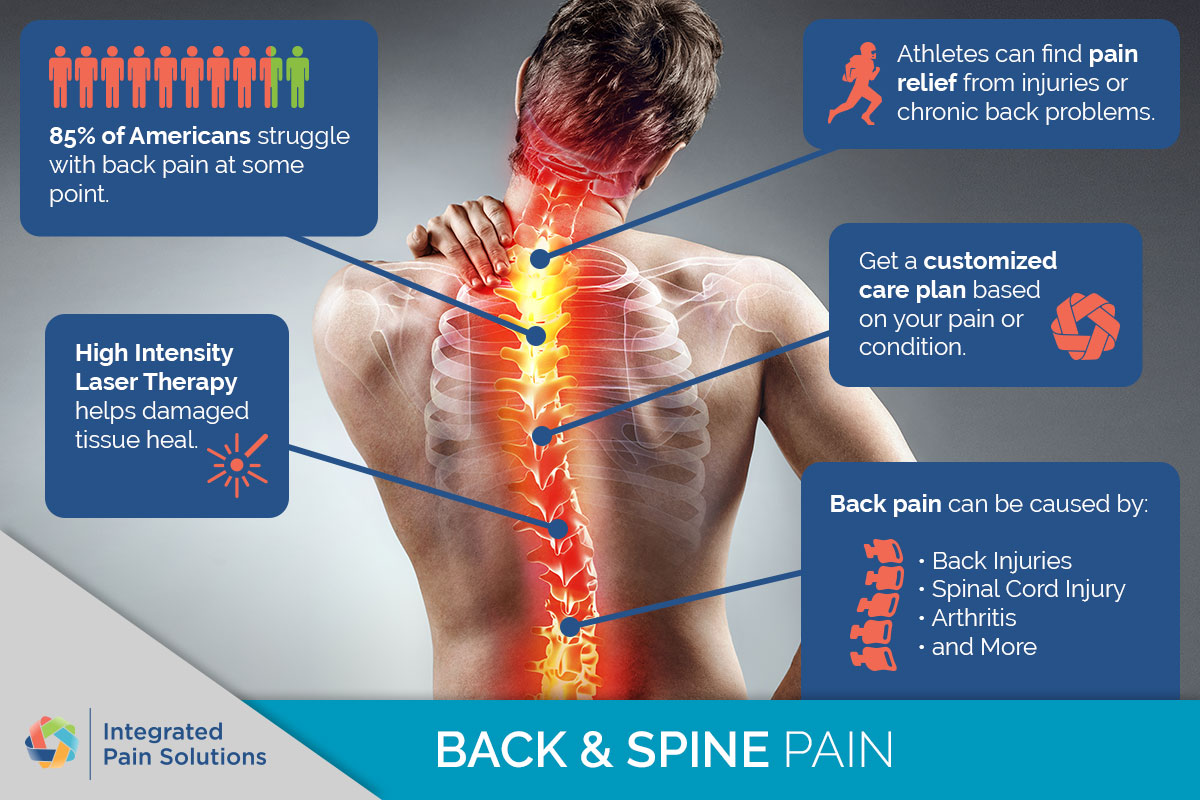Pain is a universal experience that can vary significantly in intensity and duration, impacting people's daily lives and overall health. As our understanding of pain evolves, so too does the area of pain management, which encompasses a range of treatments and services designed to alleviate discomfort and improve quality of life. From acute to chronic pain, the approaches to managing pain have diversified, providing patients greater options than ever before.
In this piece, we will investigate the upcoming of pain management by looking at the latest trends and technologies that are shaping the landscape. We will discuss various types of pain, the research behind why we feel it, and the role of various therapies—including physical therapy, chiropractic care, and alternative treatments. As we look ahead, understanding these trends and innovations will enable patients to make informed choices about their pain management strategies, leading to a higher quality of life. spintax # Grasping Pain Control
Pain management encompasses a range of services and therapies intended to relieve discomfort and improve the quality of life for individuals experiencing pain. It is a holistic approach aimed at identifying the underlying causes of pain and treating them through various methods. By understanding what pain management entails, patients can make informed decisions about their treatment options and seek the appropriate interventions to manage their symptoms successfully.
Distinct types of pain, including intense and persistent , require tailored management strategies. Acute pain typically arises suddenly and is often a result of injury or illness, while chronic pain persists over an extended period, often outlasting the initial cause. Recognizing he said allows healthcare providers to implement treatments that address the unique needs of patients, whether through medications, physical therapies, or complementary approaches. Understanding the nuances of pain types is essential in developing comprehensive pain management plans.
Pain management services are provided through specialized clinics, which offer access to a variety of treatments aimed at improve patient outcomes. These clinics combine conventional medical practices with complementary therapies, enabling a holistic approach to pain relief. Such services may include interventional techniques, physical therapy, psychological support, and lifestyle modifications. By working collaboratively with a team of healthcare professionals, patients can find meaningful relief and regain control over their daily activities and overall well-being.
Treatments and Therapies for Pain Management
Effective pain management often involves a mixture of therapies and methods tailored to individual needs. Traditional approaches like medication, which includes over-the-counter pain relievers and doctor-prescribed options, act as the first line of protection against pain. However, the transition towards finding alternatives to opioids has led to a growing interest in natural and non-invasive therapies. This includes lifestyle changes such as adopting anti-inflammatory diets, mindfulness techniques, and regular exercise, which can significantly impact pain levels and overall well-being.
Physical therapy is another fundamental aspect of pain management strategies, especially for chronic conditions. Licensed physical therapists work with patients to create customized exercise plans that focus on improving strength, flexibility, and coordination. This approach not only alleviates pain but also enhances function and mobility. Techniques such as manual therapy, therapeutic ultrasound, and electrical stimulation can be included into treatment plans, providing comprehensive support for pain relief.
Innovative treatments like acupuncture, chiropractic care, and massage therapy are gaining acclaim for their effectiveness in pain management. Acupuncture employs fine needles inserted at specific points on the body to relieve pain and promote healing. Chiropractic care focuses on spinal alignment and overall body mechanics, which can relieve tension and enhance mobility. Massage therapy offers relaxation and muscle relief, addressing both physical and emotional aspects of pain. Together, these therapies represent a holistic approach that takes into account the complexity of pain and the individual's specific situation.
Comprehensive Approaches to Suffering Control
Holistic strategies to discomfort control stress the connection of the physical being, mental state, and soul, recognizing that pain does not manifest in isolation. This perspective invites individuals to investigate various therapeutic options beyond conventional medical care, integrating lifestyle adjustments and complementary approaches. Focusing on overall health, these methods can enable individuals to formulate personalized pain relief solutions that target not only the physical symptoms but also the underlying psychological and emotional factors contributing to pain.
Awareness and meditation have a important role in holistic discomfort management by encouraging relaxation and mental clarity. Practicing awareness helps individuals grow more attuned of their pain and stress experience, which can, in turn, reduce overall discomfort. Techniques such as breathwork, guided imagery, and mental imagery can enable individuals to manage their discomfort more efficiently, fostering a sense of control and strength. Additionally, incorporating relaxation techniques can create a nurturing environment for healing and recovery.
Another key component of integrated discomfort management is the emphasis on diet and lifestyle decisions. Following an anti-inflammatory diet, rich in whole foods, antioxidants, and healthy fats, can provide great relief for many individuals. Regular physical activity tailored to one's limitations, combined with practices like yoga and qigong, can enhance flexibility and fortify the body while also reducing the sensation of pain. Together, these comprehensive approaches promote a all-encompassing approach for addressing suffering, leading to greater quality of life and well-being.

